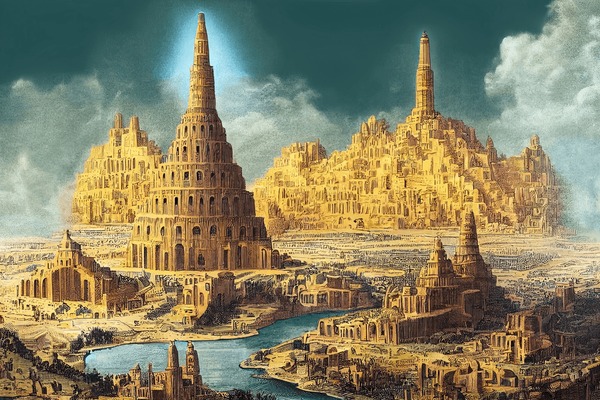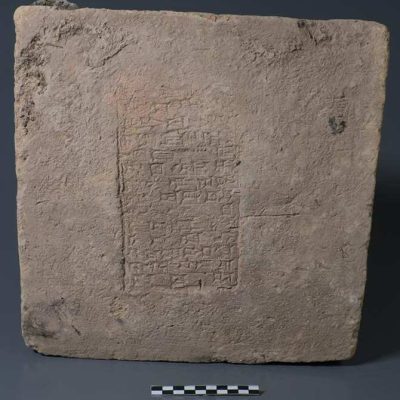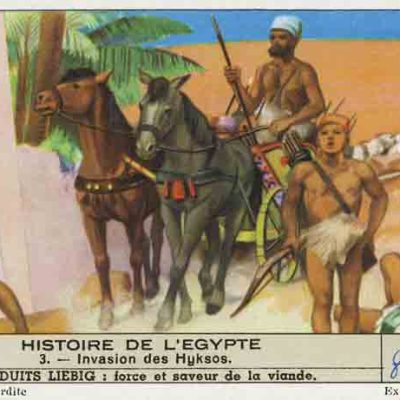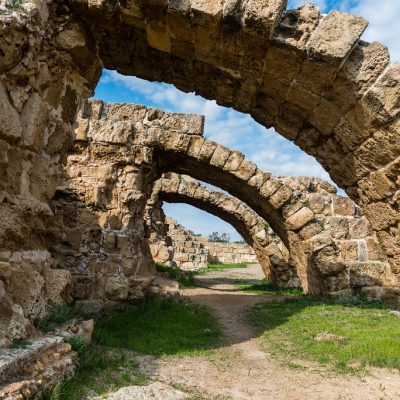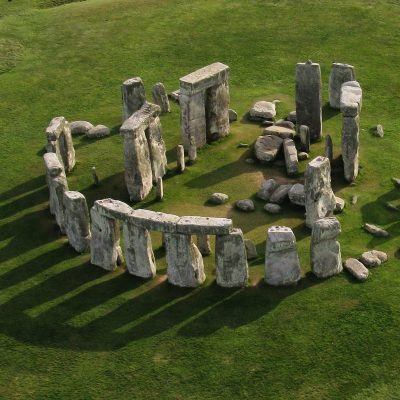For the first time, the brick discovered in 1913, which is believed to have belonged to the Tower of Babel, was analyzed in a computed tomography (CT) scanner. The results suggest that it is indeed a clay brick from around 550 BC, which was used for the tower’s construction. The Tower of Babel is only mentioned in nine verses in the Old Testament, but it is one of the most well-known stories in the Bible. The story goes that people wanted to build a tower to reach God, but God stopped the construction by causing a language confusion. In 1913, German archaeologist Robert Koldewey found the foundation of the Tower of Babel in Babylon, Iraq. Today, there are about 155 stones scattered in museums around the world. The exact composition of the stones is unknown, but a clay brick from the tower was recently analyzed using a CT scanner.
Jan Graefe from the Bible Museum in Münster, Germany, and researchers from the University of Münster examined the eight-kilogram clay brick, which dates back to the time of the Babylonian king Nebuchadnezzar. The brick has an inscription that says it is from the Tower of Babel. The CT images are so clear that researchers can even see how the stamp with the inscription was pressed into the still-wet clay. The scan revealed ancient plant remains, probably grass or straw, and the bitumen described in the Bible was also detected using modern technology. However, the researchers found that it was not just ordinary bitumen, as it has a microscopic structure similar to modern high-performance adhesive tapes.
The Bible Museum is surprised that the experts were able to decipher so many details of the clay brick. They suggest that examining other stones from Koldewey’s collection and comparing them could help determine the location of the stones in the tower. The analysis of the clay brick provides further evidence of the existence of the Tower of Babel and sheds light on its construction materials and techniques.


